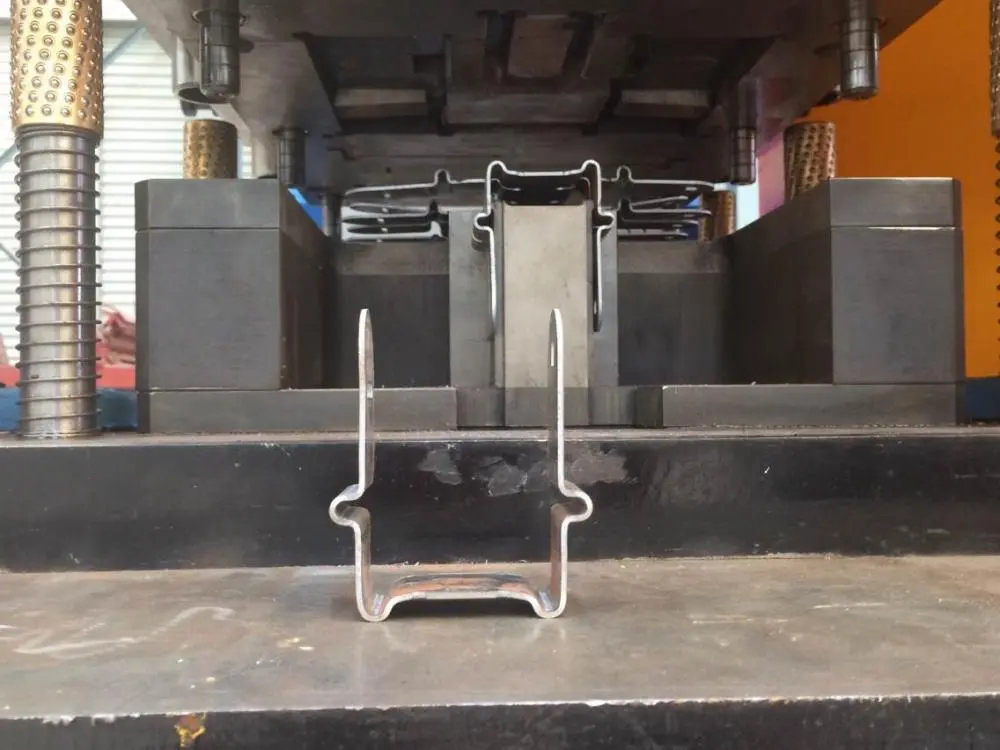
The Evolution and Importance of Rebar Welding Machines in Construction
In the ever-evolving world of construction, the demand for efficiency and quality has spurred significant advancements in tools and machinery. Among these, rebar welding machines have emerged as a crucial component in modern construction projects. These machines, designed specifically for the welding of reinforcement bars (rebars), facilitate the creation of stronger and more durable structures, playing a pivotal role in civil engineering and construction sectors.
The Role of Rebar in Construction
Rebar is a common steel bar used to reinforce concrete structures. Its primary function is to provide tensile strength, which concrete alone cannot offer. When embedded in concrete, rebar helps to withstand tension forces, preventing cracking and structural failure. The welding of rebar offers several advantages over traditional lapping and binding methods, including enhanced strength, reduced labor costs, and improved time efficiency. This has led to the increasing adoption of rebar welding machines in construction practices worldwide.
Types of Rebar Welding Machines
Rebar welding machines come in various types, each suited for specific applications. The most common types include
1. Spot Welding Machines These machines weld two rods together at their intersection points. They are often used for smaller jobs where speed and convenience are priorities.
2. Automatic Rebar Welding Machines Designed for large-scale projects, these machines offer automated processes that significantly accelerate the welding operation. They can handle multiple rebars simultaneously, making them ideal for high-volume constructions.
3. Manual Welding Machines Suitable for smaller projects or repairs, these machines require more hands-on operation. They are often favored for their cost-effectiveness and ease of use.
4. Hydraulic Rebar Cutting and Bending Machines Some rebar welding machines also have integrated cutting and bending functions, making them multifunctional tools that streamline the preparation of rebar for construction.

Advantages of Rebar Welding Machines
The advantages of utilizing rebar welding machines are manifold. Firstly, they provide a consistently high-quality weld, which ensures the structural integrity of the reinforcement. This is crucial in constructions like bridges, high-rise buildings, and dams, where safety and reliability are paramount.
Secondly, welding is a faster method compared to traditional tying techniques. In projects where time is of the essence, rebar welding machines can substantially reduce labor hours, allowing for quicker project completion. Moreover, the automated processes of these machines minimize human error, leading to more accurate and reliable welds.
Cost-efficiency is another significant benefit. Although the initial investment in a rebar welding machine may be substantial, the reduction in labor costs and the efficiency gains realized in project timelines make it a wise choice for construction companies looking to optimize their operations.
The Future of Rebar Welding
As technology continues to advance, the future of rebar welding machines appears promising. Innovations such as robotic welding and smart technology integration are expected to revolutionize the industry. These advancements will likely lead to even greater precision, efficiency, and versatility in rebar welding processes.
Furthermore, with the growing emphasis on sustainable construction practices, rebar welding machines will play a vital role in the development of eco-friendly materials and techniques. The ability to recycle and repurpose materials will become increasingly important, and welding offers a method to strengthen older materials for new projects.
Conclusion
In conclusion, rebar welding machines are an indispensable asset in the construction industry. They not only enhance the strength and durability of concrete structures but also contribute to improved efficiency and cost-effectiveness. As technology evolves, these machines will undoubtedly become even more advanced, reshaping the future of construction and reinforcing the vital role they play in ensuring the safety and longevity of our built environment. Embracing these innovations will enable construction firms to meet the challenges of a growing and changing world, ultimately leading to safer, more reliable infrastructure for communities everywhere.